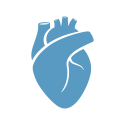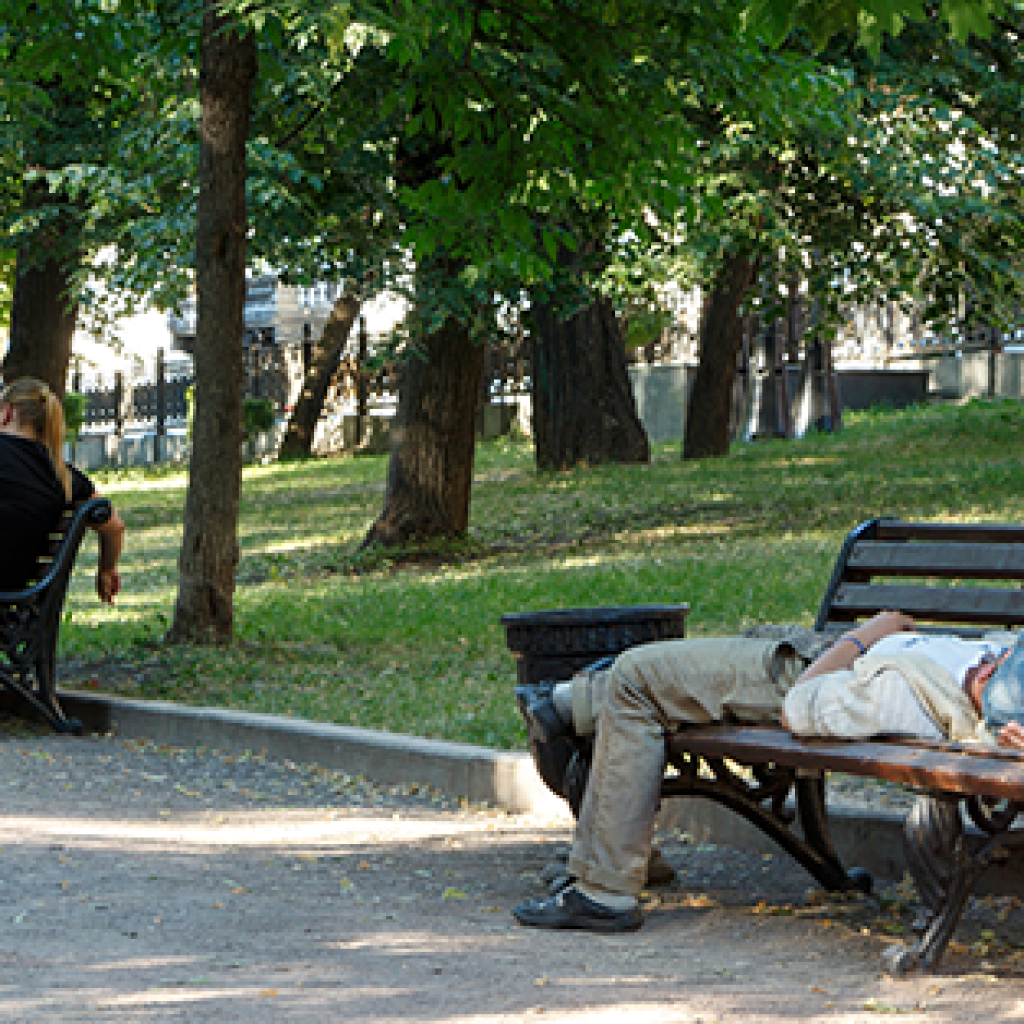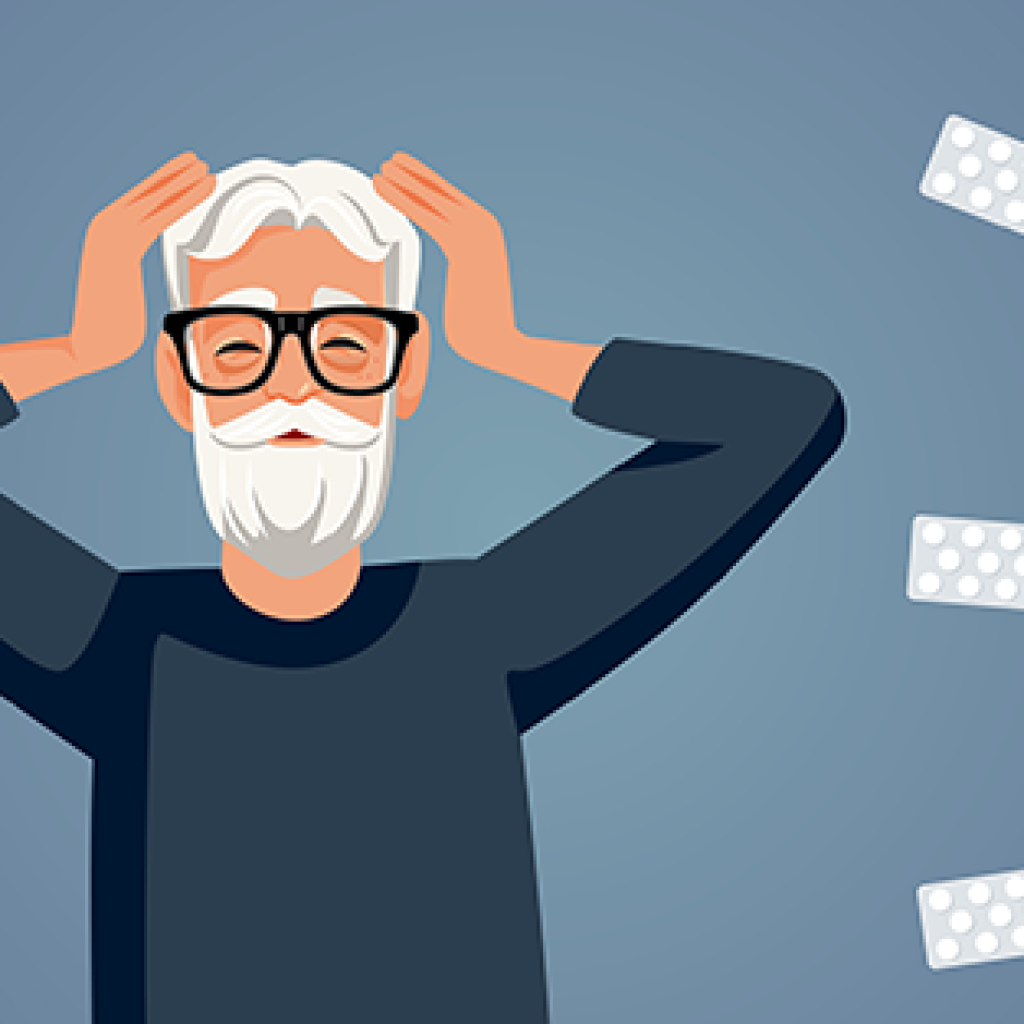Enjoying Summer Safely: The Dangers of Binge Drinking and How to Stay Safe
As summer approaches and the weather warms up, people head outside to enjoy the season with friends and family. Unfortunately, these gatherings, where large groups come together for hours and alcohol is often consumed, can be a catalyst for binge drinking. It can be useful for providers to check in with clients about their alcohol use during the summer months.
Summer is synonymous with outdoor activities, family gatherings, and festive celebrations. However, it’s also a season marked by high alcohol consumption, which can have significant implications for mental health. According to an article published in the Journal of Studies on Alcohol and Drugs, alcohol consumption peaks during the summer, second only to the holiday season. Data from BACtrack reveals that during June, July, and August, over 47% of days see an average BAC above 0.060%. The highest levels of drinking occur in June (average BAC 0.066%), followed closely by July and August (average BAC 0.063%). The week leading up to Independence Day is the booziest of the summer, with an average BAC of 0.075%. This period highlights the need for caution and awareness about the risks associated with excessive drinking.
As a mental health provider, understanding these trends can help in proactively discussing alcohol use with clients, anticipating periods of higher risk, and providing strategies to manage and reduce alcohol consumption during the summer months. This knowledge is crucial for supporting clients in maintaining their mental health and enjoying the season responsibly.
Clients need to understand several important aspects about binge drinking to make informed decisions about their alcohol consumption and protect their mental and physical health:

Definition of Binge Drinking: Binge drinking is typically defined as consuming a large amount of alcohol in a short period, usually resulting in a BAC of 0.08% or higher. For men, this generally means drinking five or more drinks in about two hours; for women, it’s four or more drinks in the same time frame.

Health Risks: Binge drinking can lead to a range of health problems, including liver disease, heart problems, and an increased risk of accidents and injuries. It can also cause alcohol poisoning, which can be fatal.

Mental Health Impact: Excessive alcohol consumption can exacerbate mental health issues such as depression and anxiety. It can also impair judgment, leading to risky behaviors and worsening emotional well-being.

Impact on Relationships: Binge drinking can strain relationships with family and friends due to changes in behavior, mood swings, and the potential for conflict.

Legal Consequences: High BAC levels can lead to legal issues, such as DUI (Driving Under the Influence) charges, which carry significant penalties and long-term consequences.

Addiction Risk: Repeated binge drinking increases the risk of developing alcohol dependence or addiction, making it harder to control drinking habits over time.

Strategies for Moderation: Clients should be aware of strategies to moderate their drinking, such as setting limits, drinking slowly, eating before and while drinking, and alternating alcoholic drinks with water.

Seeking Help: It’s important for clients to know that help is available if they struggle with binge drinking. This includes talking to a mental health professional, joining support groups, and exploring treatment options for alcohol use disorder.

Recognizing Signs of Binge Drinking: Understanding the signs of binge drinking in themselves and others, such as frequent hangovers, blackouts, or drinking more than intended, can help in recognizing the need for intervention.
Educating clients on these aspects can empower them to make healthier choices regarding alcohol consumption and seek help when necessary.
In addition to the important aspects mentioned above, excessive alcohol consumption in the summer can lead to increased risks due to the heat and increased amount of alcohol that is associated with summer activities. These risks are outlined below.
Blacking Out
Binge drinking can often result in alcohol-induced blackouts, causing gaps in memory for events that occurred while under the influence of alcohol. While not inherently deadly, events that occur during these blackouts, such as driving under the influence (DUI) or partaking in risky behavior, can have life-altering consequences. The 4th of July is one of the most dangerous holidays for this behavior, with statistics showing that 39% of fatal crashes involved alcohol. The median age range of drunk drivers killed on this summer holiday (21 to 34) aligns with the age range most often connected to binge drinking (ages 18 to 34).
Dehydration and Heat Stroke
Enjoying the summer sun is an integral part of the season. Unfortunately, alcohol consumption and warmer temperatures create a dangerous mix of fluid loss, resulting in dehydration. Many people feel they are staying hydrated when binge drinking solely based on the large amount of liquid they are ingesting. In reality, alcohol consumption gives a false sense of hydration while actually draining the body of liquid through increased urination. In hot temperatures, this mix can quickly lead to dangerous levels of dehydration. In its most extreme forms, dehydration can lead to heat stroke, a deadly condition where the body cannot properly cool itself.
Alcohol Poisoning
Another outcome of summer binge drinking is alcohol poisoning. Alcohol poisoning occurs when the amount of alcohol in the body reaches dangerous levels. This happens quickly as the body absorbs alcohol faster than other nutrients but processes it slowly, causing vital body systems, like temperature and breathing regulation, to shut down. On average, 2,200 people (six people a day) die annually from alcohol poisoning in the US.
To support your clients in having a safe and enjoyable summer while avoiding binge drinking, consider sharing these tips:
- Stay Hydrated: Encourage clients to drink plenty of water, particularly in outdoor and warm settings, to maintain hydration and reduce the temptation to drink alcohol excessively.
- Bring Non-Alcoholic Beverages: Suggest having non-alcoholic alternatives such as mocktails readily available. This can help clients feel included in social gatherings without feeling pressured to drink alcohol.
- Plan Your Response: Advise clients to anticipate situations where alcohol may be offered and support them to prepare responses to politely decline. This proactive approach can empower them to stick to their goals of moderation or abstinence.
- Engage in Non-Drinking Activities: Encourage clients to participate in activities and social interactions that do not revolve around alcohol. This could include outdoor sports, cultural events, or hobbies that promote well-being and connection without the need for alcohol.
- Seek Accountability Partners: Encourage clients to enlist trusted friends or family members who can support them in making wise decisions about drinking and help them stay accountable to their goals.
By incorporating these strategies into their summer plans, clients can better manage their alcohol intake and enjoy a healthier and more fulfilling season.
To support your clients’ well-being, encourage them to utilize tools such as the National Institute on Alcohol Abuse and Alcoholism (NIAAA) alcohol calculators, which can help assess calories, drink size, and BAC levels. For more information on making informed choices about alcohol, suggest visiting Rethinking Drinking. Clients can also benefit from evaluating their drinking habits using the CDC’s Check Your Drinking tool, which provides valuable insights into alcohol consumption patterns. For confidential support and treatment referrals related to mental health or substance use disorders, recommend SAMHSA’s National Helpline, offering assistance 24/7 in both English and Spanish. Clients can visit the SAMHSA National Helpline for access to free, confidential support services year-round. These resources are essential for assisting clients in understanding the risks of binge drinking and supporting their well-being throughout the year.
References
BACtrack. (n.d.). BACtrack reveals Americans’ summer drinking habits. BACtrack. https://www.bactrack.com/blogs/breathalyzer/34295045-bactrack-reveals-americans-summer-drinking-habits#:~:text=Over%2047%25%20of%20days%20throughout,between%200.075%25%20and%200.082%25
National Institute on Alcohol Abuse and Alcoholism. (2024). Risky drinking can put a chill on your summer fun. National Institute on Alcohol Abuse and Alcoholism. https://www.niaaa.nih.gov/publications/brochures-and-fact-sheets/risky-drinking-can-put-chill-on-your-summer-fun
Sherer, J. (2023). The dangers of summer binge drinking. Alcohol Rehab Guide. https://www.alcoholrehabguide.org/blog/summer-binge-drinking/#:~:text=As%20summer%20approaches%20and%20the,dangerous%20activity%20of%20binge%20drinking
Blog Post Tags:
Related Blog Posts
Related Learning Labs
Related Resources
.
- Buscar Tratamiento de Calidad para Trastornos de uso de Sustancia (Finding Quality Treatment for Substance Use Disorders Spanish Version)
- Finding Quality Treatment for Substance Use Disorders
- Focus On Prevention: Strategies and Programs to Prevent Substance Use
- Monthly Variation in Substance Use Initiation Among Full-Time College Students
- The National Survey on Drug Use and Health (NSDUH) Report: Monthly Variation in Substance Use Initiation Among Adolescents








